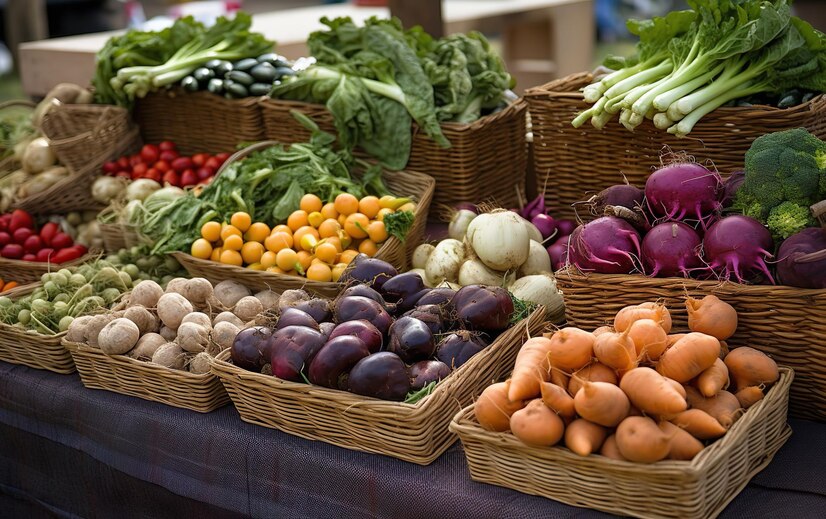Establishing and managing a successful farmers market in South Africa requires careful planning, organization, and marketing. Here are some steps to help you get started:
- Research and Planning:
- Identify potential locations for your farmers market. Consider accessibility, parking facilities, and local demand.
- Research the legal requirements and regulations for operating a farmers market in South Africa. Contact local authorities, such as the municipality or district council, to understand the necessary permits and licenses.
- Determine the market’s size, frequency, and operating hours. Assess the local market demand and potential vendor interest.
- Vendor Recruitment:
- Reach out to local farmers, producers, and artisans who may be interested in participating in your market. You can advertise through local agricultural organizations, social media, and community groups.
- Ensure that the vendors offer a diverse range of products, including fresh produce, baked goods, dairy products, meat, flowers, and artisanal crafts.
- Establish criteria for vendor selection, such as product quality, organic or sustainable practices, and appropriate certifications.
- Infrastructure and Logistics:
- Secure a suitable venue with adequate space for vendors, customers, and amenities like restrooms and seating areas.
- Arrange for necessary facilities, such as electricity, water supply, waste management, and parking.
- Provide basic infrastructure, such as tables, chairs, and shade structures, for the vendors. Encourage them to bring their own display materials, signage, and packaging.
- Marketing and Promotion:
- Develop a comprehensive marketing strategy to attract customers. Utilize social media platforms, local newspapers, community bulletin boards, and radio to promote the market.
- Highlight the benefits of buying locally produced goods, such as freshness, supporting local farmers, and sustainability.
- Consider collaborating with local businesses, community organizations, and influencers to increase awareness and draw larger crowds.
- Market Operations:
- Establish clear rules and guidelines for vendors, including setup and breakdown times, pricing policies, and product quality standards.
- Create a welcoming and enjoyable atmosphere for customers, with live music, cooking demonstrations, children’s activities, or themed events.
- Ensure proper traffic flow, signage, and customer parking to maximize convenience.
- Regularly evaluate the market’s performance and gather feedback from vendors and customers to identify areas for improvement.
- Community Engagement:
- Foster relationships with the local community by partnering with schools, charities, or local initiatives. Encourage community involvement through volunteering opportunities or educational programs.
- Consider incorporating educational workshops or guest speakers on topics like sustainable farming practices, healthy eating, or food preparation.
- Regularly communicate with vendors and customers through newsletters, social media updates, or a dedicated website.
Remember, the success of a farmers market depends on the quality of products, vendor variety, customer experience, and effective promotion. By creating a vibrant and engaging market, you can support local farmers, artisans, and the community while promoting sustainable and healthy living.
Join 'Farmers Mag' WhatsApp Channel
Get the latest Farming news and tips delivered straight to your WhatsApp
CLICK HERE TO JOIN






